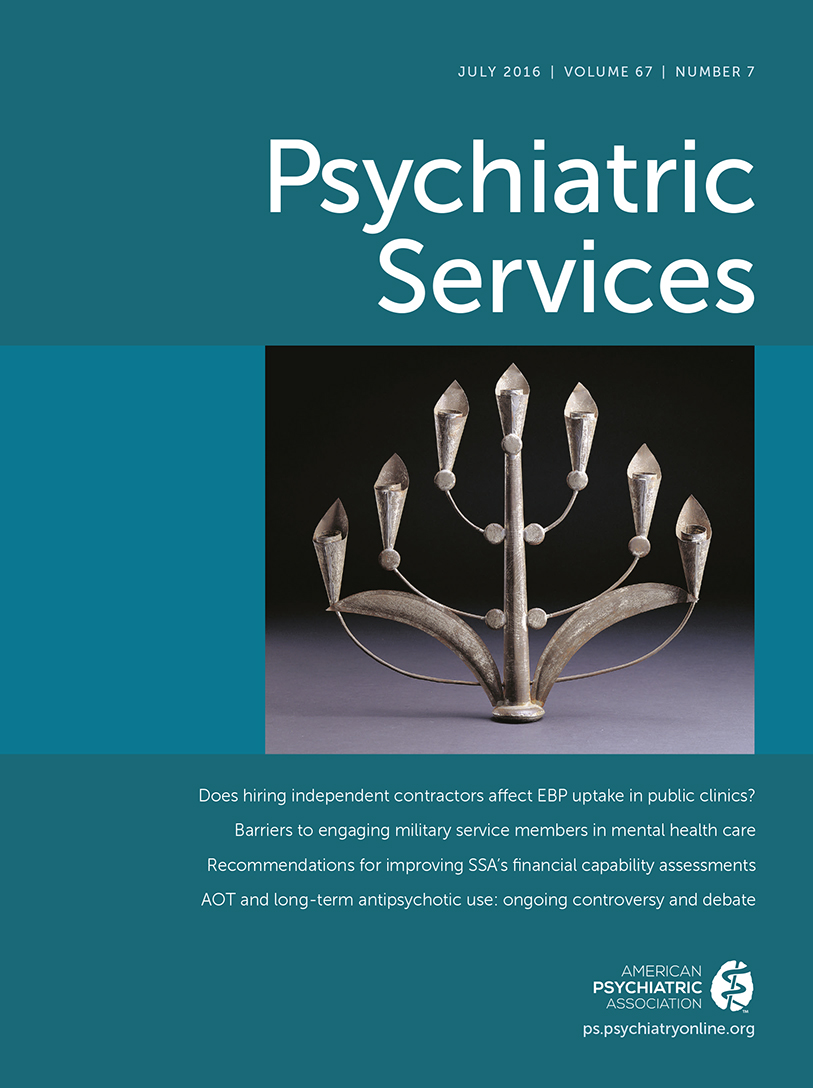Predictors of Pharmacy-Based Measurement and Self-Report of Antidepressant Adherence: Are Individuals Overestimating Adherence?
Abstract
Objective:
This study considered various factors as predictors of antidepressant adherence over time as assessed by self-report and medication possession ratios (MPRs) derived from administrative pharmacy data.
Methods:
Adherence was assessed at six and 12 months among 443 veterans in ongoing treatment for depression in a trial of peer support. Logistic regression models were utilized to consider predictors of adequate adherence.
Results:
At six and 12 months, respectively, 36% and 35% of patients had poor adherence on the basis of MPRs and 24% and 18% had poor adherence on the basis of self-report. MPRs indicating poor adherence were more likely among men, members of racial groups other than white, and patients with Hispanic ethnicity. Poor self-reported adherence was associated with increased depressive symptoms and unemployment.
Conclusions:
These adherence measures may be complementary. Strategies to improve adherence might target specific demographic groups, unemployed persons, and persons with higher levels of depressive symptoms.



